Pest control is a $12 billion industry in the United States with customers running to their local home improvement stores for pest control supplies as if it is a regular item on their weekly shopping lists.
Even so, the industry grows and the pests remain. Sometimes it can seem nearly impossible to eradicate the pests, and your bank account is no better for it.
Treating the Symptoms, but Not the Root Problem
As consumers of these products, we are merely treating the symptoms of the bigger problem of infestation. We dutifully place our traps and bait stations around our homes, only to typically catch a few at a time.
At best, we eliminate the visible problem for a few weeks. At worst, we drive the nests of the pests further and deeper into our homes, making the infestations all the more difficult to treat.
Expensive Specialized Equipment
So you’re a DIY-er with ambition and research, we respect that. However, even with ambition and the proper tools, the costs may outweigh the benefits, literally.
In order to properly apply the insecticide, you will need special tools. For starters, an effective sprayer can cost you $15 to $200. Though $15 is a steal, it is only a tiny handheld pump that could possibly drive you mad before you ever finish the project.
On the high end is a $200 professional style pump that makes getting the job done much easier, but again only increases your costs without any guarantee of effectiveness.
Expensive Chemicals
In order to treat pests as invasive as termites, you will need hundreds of gallons of liquid pesticide that will then be placed into the ground alongside the infested structure.
One gallon of liquid pesticide may cost as little as $20, but to purchase the amount needed to effectively eradicate the infestation can land you in the thousands of dollars … and it may not even be effective if it’s not administered correctly!
Protective Suit
Considering the amount of pesticide (i.e. poison) needed, it is a good idea to wear a protective suit while spraying. You can cover yourself in more affordable options, such as a disposable suit for as low as $20, or invest in a more professional-grade suit for around $200.
This isn’t something to skimp on as you are dealing with professional-grade poison, and though it’s expensive, this is definitely a worthwhile investment.
Bait Gun
Though it would be nice to simply pour the insecticide wherever you see signs of pests, you will actually need a bait gun in order to safely and effectively administer the gel.
These can cost as low as $20, and the more effective ones run for as much as $150. Keep in mind that you will also need to invest in the appropriate gel to fit your gun, which can add to the costs.
Safety Kit
Just like with the protective suit, you will also need general protective gear. This insecticide is extremely poisonous and can damage your skin and eyes if contact is made, and it can certainly do some inner damage if ingested.
Gloves, a mask and goggles are strongly advised, and can be purchased for cheap—around $20—or you can invest in a professional kit, that often times includes a respirator mask, for around $100.
While DIY pest control can certainly be done, and we are all for our community being proactive and knowledgeable of the task at hand, we also understand that it is a huge investment.
Though you can do everything properly, and spend upwards of thousands of dollars for your DIY project, this still may not be completely effective with the pests only making a reappearance a few months down the road.
Dealing with pests can be a long and frustrating experience, and that is exactly why we are here: we are pest control experts and take the frustration out of the task by eliminating the pests at the source. Contact Dugas Pest Control today for peace of mind this winter.

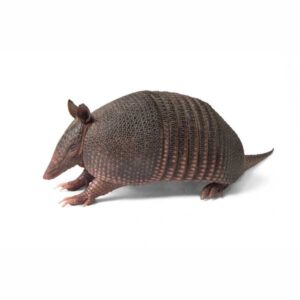 Most people are familiar with the clumsy-looking nocturnal quadrupeds, and we’ve surely all seen them smashed on the highway; however, these rather benign encounters don’t necessarily make us aware of the risks they could pose to our health.
Most people are familiar with the clumsy-looking nocturnal quadrupeds, and we’ve surely all seen them smashed on the highway; however, these rather benign encounters don’t necessarily make us aware of the risks they could pose to our health.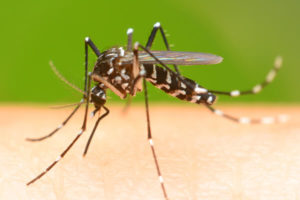 It is impossible to deny that we live in a globalized society. A huge portion of the things we use every day, from clothes to coffee, and fruit to beer, are imported from all over the planet. Especially in the West, sitting at the center of a globalized economy means access to all kinds of products from around the world.
It is impossible to deny that we live in a globalized society. A huge portion of the things we use every day, from clothes to coffee, and fruit to beer, are imported from all over the planet. Especially in the West, sitting at the center of a globalized economy means access to all kinds of products from around the world.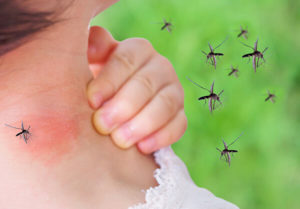 It has happened to all of us at one time or another. You’re outside, trying to enjoy a warm, summer day, and suddenly you notice something itchy on your arm.
It has happened to all of us at one time or another. You’re outside, trying to enjoy a warm, summer day, and suddenly you notice something itchy on your arm.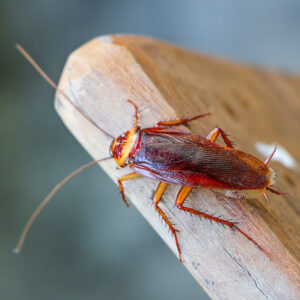 Roaches of all varieties prefer dark places. So, it makes sense you might find some in the attic. However, there’s a particular type that tends to infest these spaces. They’re simply called large roaches but may also be referred to as water bugs or palmetto bugs. As you might have imagined, they’re pretty monstrous looking.
Roaches of all varieties prefer dark places. So, it makes sense you might find some in the attic. However, there’s a particular type that tends to infest these spaces. They’re simply called large roaches but may also be referred to as water bugs or palmetto bugs. As you might have imagined, they’re pretty monstrous looking.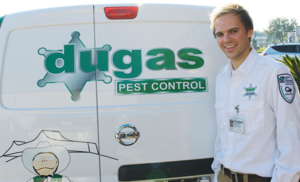 If you live on the Northshore and you’ve been suffering from any type of pest problems, your worries are over! Dugas Pest Control is happy to announce that we’ve been able to expand our services to the communities in these areas. We are now able to offer services to Slidell, Mandeville, Covington, and Hammond.
If you live on the Northshore and you’ve been suffering from any type of pest problems, your worries are over! Dugas Pest Control is happy to announce that we’ve been able to expand our services to the communities in these areas. We are now able to offer services to Slidell, Mandeville, Covington, and Hammond. The termite problem is serious and it is not going away anytime soon. As springtime gets into full swing, it tends to bring people out of their homes so they can enjoy the warm air. Of course, the warmer weather also means that the
The termite problem is serious and it is not going away anytime soon. As springtime gets into full swing, it tends to bring people out of their homes so they can enjoy the warm air. Of course, the warmer weather also means that the